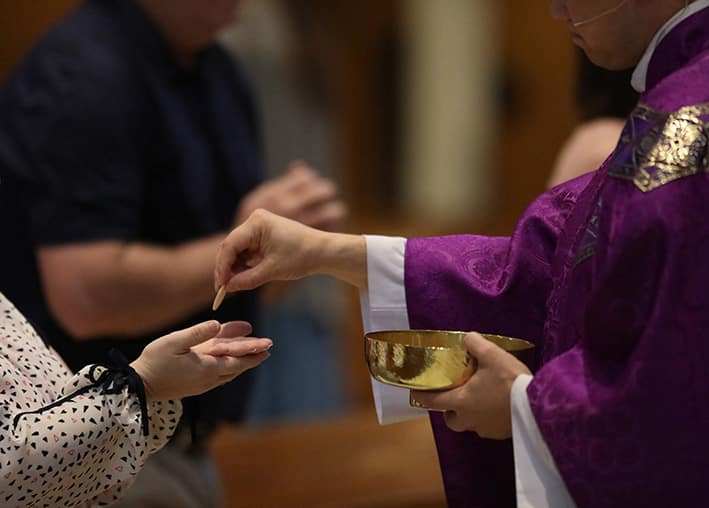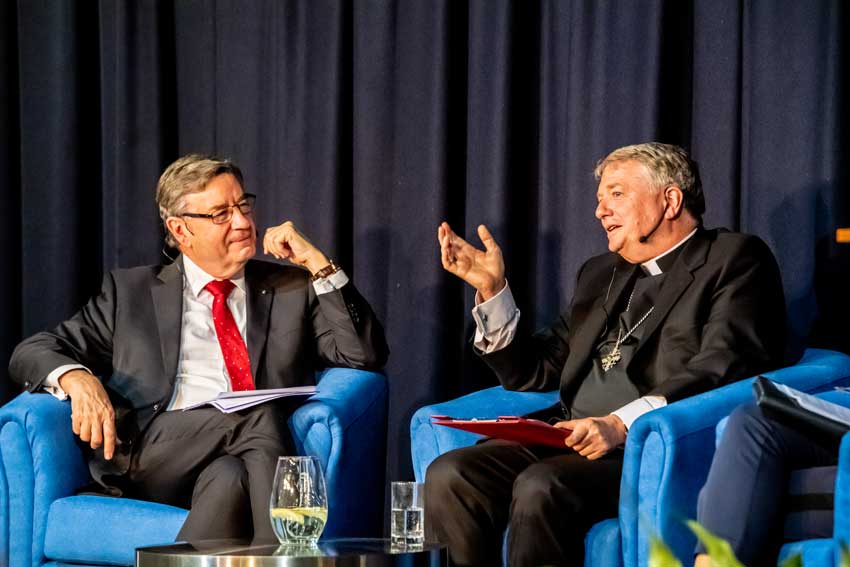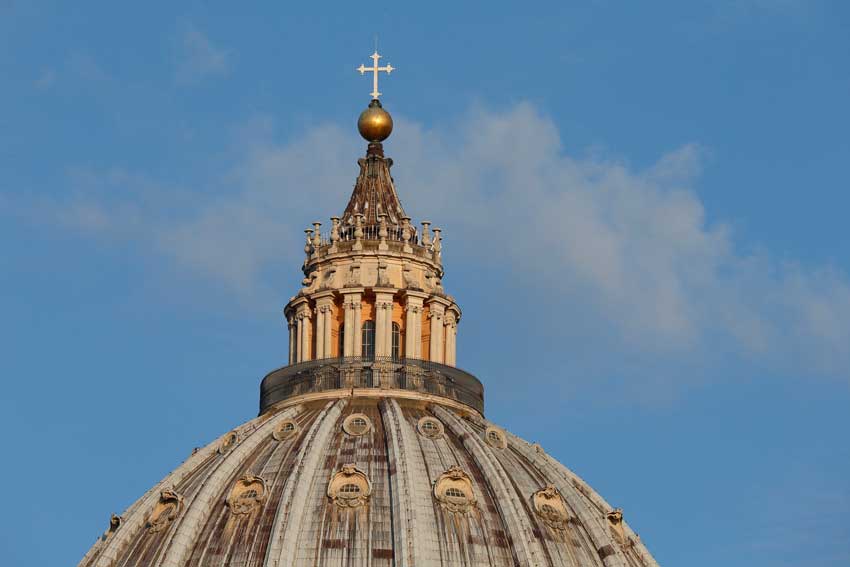
I cannot remember a time when religious practice was not an integral part of my life.
Whilst the Anglican church in which I was raised could perhaps be best described as a broad church, the youth group I joined as a teenager was decidedly evangelical Protestant.
It was at this point that I absorbed key Protestant doctrines such as justification by faith alone and the Bible as the only source of Christian teaching.
This was augmented by sermons in our school chapel by the evangelical Anglican chaplain who regularly denounced what he believed to be false Catholic teachings.
I remember being impressed with his concept of ‘the unity of Protestantism.’ According to him disagreements amongst Protestants were over minor matters; however, they were united in belief on things that really mattered.
By the end of Year 10, I believed that the Anglican Church was the church closest to that of the New Testament.
Unlike most other Protestant denominations, it was a branch of the church, because it had preserved the threefold order of ministry (bishops, priests, and deacons); however, unlike the other two major branches of the church (the Roman Catholic and Orthodox) it had accepted reformed (ie Protestant) doctrine.
I believed that the Catholic Church had seriously erred.
A series of events occurred during my final two years of secondary school that make my re-think my beliefs.
At some stage in Year 11, I was taken by a school friend to a High Mass at an Anglo-Catholic parish.
Anglo-Catholics are Anglicans whose services, and devotional practices are distinctly Catholic. I was entranced by the service I attended – it spoke to me of the holiness, transcendence and sacredness of God.

Prior to this visit, a leader joined the evangelical youth group who was anti-Catholic to the point that his objections to Rome bordered on hysteria, arguing that most Catholics were not even saved.
By contrast, my godfather, who ironically was a practising Catholic, presented himself as someone who was a devout and sincere Christian.
In my mind, there was no question that Rome was wrong; however, I realised that all the criticisms of Catholicism came from non-Catholic sources. I had never read any explanations about Catholicism written by Catholics.
Surely they deserved half an hour to an hour of my time – they would clearly be wrong; so, apart from an hour of my life, what did I have to lose? If anything, it would reinforce my belief that Catholicism was wrong.
In this frame of mind, I snuck into a Catholic Church in the city. Scanning the racks of booklets, I found a couple on obvious ‘hot button’ Catholic beliefs, namely, the Eucharist, and Papal Infallibility. I read the two pamphlets.
To my shock, the writers’ arguments were well-reasoned and cogent, in both instances, supported by extensive references to the Bible and the Church Fathers.
Catholicism now had me intrigued: it could no longer be dismissed so lightly. Further investigation was needed; hence, another trip into town.
This time I bought a number of pamphlets, one of which was on the Bible. Again, I was impressed by the logic and reasoning of the arguments.
Reading the tract on the Bible simply blasted out of the water my belief in ‘the unity of Protestantism.’ The writer stated simply the point that the concept of Protestant unity was an oxymoron
Protestants had divided amongst themselves into heaps of denominations, each claiming that their interpretation of the Bible was correct. Entering Year 12, I studied Reformation history, with one of the focus studies being the English Reformation.
The whole raison d’etre for Henry VIII’s establishment of the Church of England appeared to be extremely flimsy as he separated the English church from Rome because he wanted to replace his wife with a new one, and the Catholic Church would not accede to what he wanted.

At the same time, the debate about the ordination of women was heating up, with the ordination of the first female deacons.
If the Anglican Church in Melbourne claimed to be a branch of the one church, why would it and other Anglican dioceses not only make such fundamental changes to Holy Orders when they neither had the consent of the other two branches (Rome and Constantinople), but also with opposition from even neighbouring dioceses?
Christ prayed for unity at the last supper with his disciples. Was this the unity He sought, one in which there was the real potential that one diocese would ordain women as priests, whereas a neighbouring one would not even recognise them as being validly ordained?
Whilst I found the Church’s overall position appealing, I still could not internally accept all its teachings.
Being more Catholic than Protestant by this stage, I joined the Anglo-Catholic church I had occasionally attended.
However, during the first two years of university, through further reading, prayer, and reflection, I gradually came to accept the Church’s teachings.
By the end of 1988, I could no longer explain away the clear and unambiguous Protestant teaching that was at the core of the Thirty Nine Articles, a key doctrinal statement of the Anglican Church.
I was impressed with the concept of the papacy. Unlike the Anglican Church, which lacked the mechanism to define orthodox Christian belief in the wake of a crisis, the Catholic Church had the means to do so through general councils and the papacy.
The final piece fell into place early the following year, whilst reading about the Tome of Leo, the doctrinal defence by Pope St Leo the Great of the two natures of Christ.
The fathers of the Council of Chalcedon responded to it by declaring, ‘Peter has spoken through Leo.’ The Anglican Church accepted the Council of Chalcedon as a valid ecumenical council.
If it accepted it as such, why did it not accept the Council Fathers’ acknowledgement of the role of the papacy? Having re-read this section of the text a few times to make sure I was not seeing things, I realised it was time to come home.
Related Articles
- Michael Daniel: Learning to speak Catholic with an accent
- Monica Doumit: I support Sydney’s Anglicans
- Hindu to Atheist to Agnostic to Anglican to Catholic to priest
